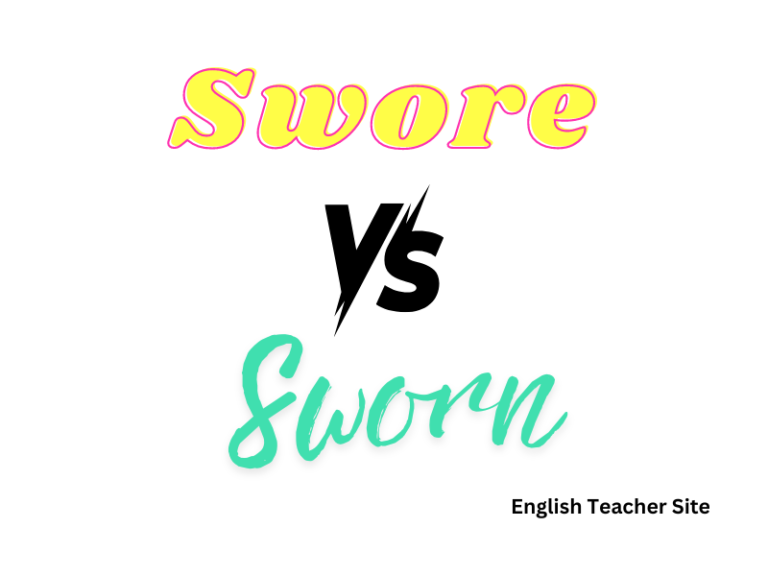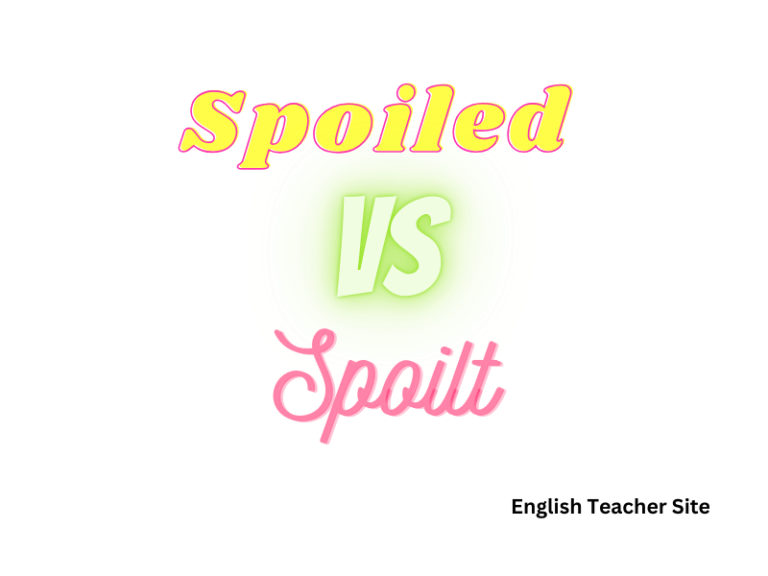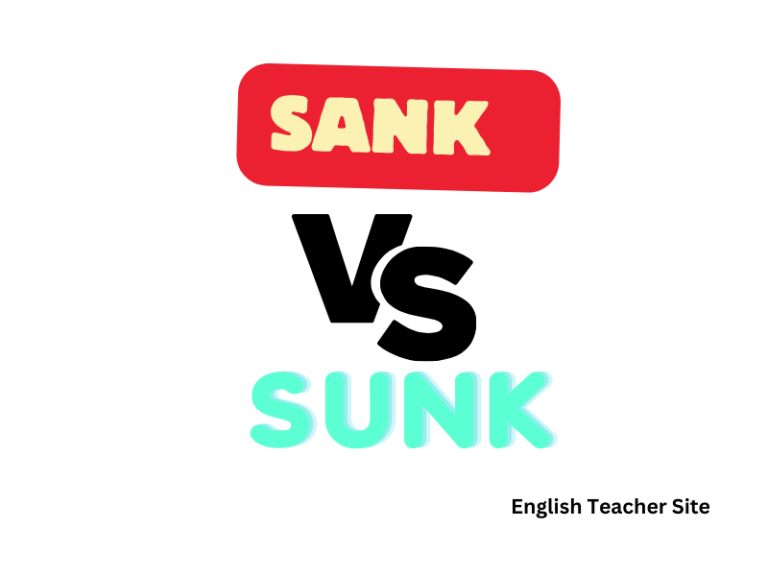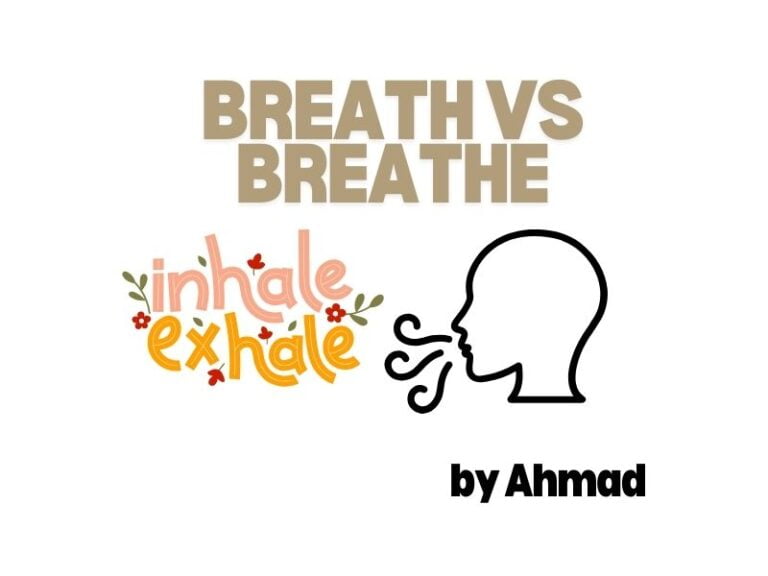Set setted setting – Unraveling the Past Tense of “Set”
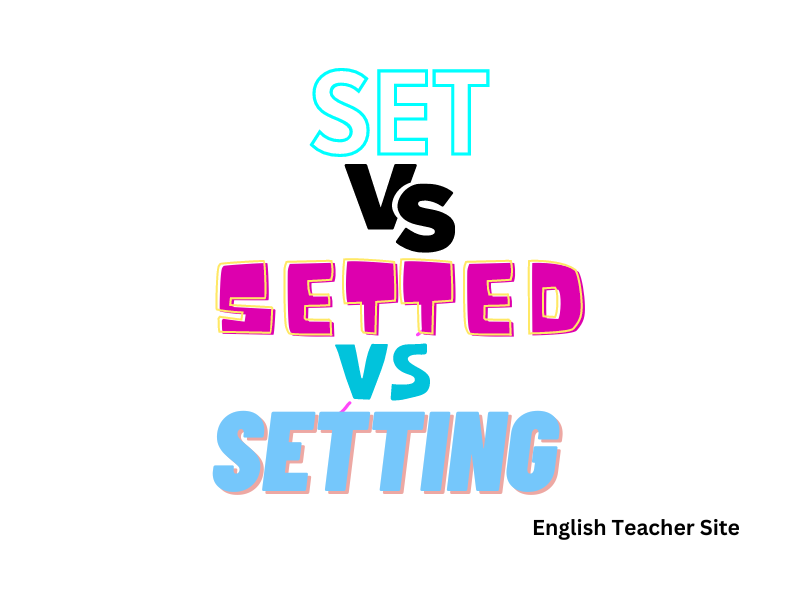
- “Set” is the correct past tense and past participle form of the verb.
- The past tense of “set” does not change; it remains “set” for all conjugations.
- Understanding “set” as an irregular verb is crucial for grammatical precision.
The word “set” itself serves as the base form, past tense, and past participle. This is contrary to verbs like “edit,” where the past tense is “edited.” The uniformity of “set” across different tenses simplifies memorization but may also cause confusion due to its irregularity.
Set, Setted, Setting – What’s the Past Tense of Set?
The English language is filled with irregular verbs that often confuse learners, especially when it comes to their past tense forms. One of these is the verb “set,” which is commonly used but also frequently questioned regarding its conjugation in the past tense.
Simple Past Tense
The simple past tense of “set” remains “set.” Unlike regular verbs that add “-ed” to form the past tense, “set” is an irregular verb, so it does not change. This can be seen in contexts such as:
- Yesterday, she set the table for dinner.
- They set a new record.
Past Participle
Similarly, the past participle form of “set” is also “set.” This rule applies when “set” is used in perfect tenses, requiring an auxiliary verb like “has,” “have,” or “had”:
- She has set the bar high for future events.
- They have set aside time for a meeting.
Present Participles and Third Person Singular Forms
In the present, “set” changes form when used as a present participle or in the third person singular:
| Present Participle | Third Person Singular |
|---|---|
| setting | sets |
Examples:
- She is setting up the game.
- He sets his alarm at 6 a.m.
Usage in Sentences
Here are some examples that illustrate the usage of “set” in various tenses:
- Present Simple: She sets her goals at the start of each year.
- Past Simple: They set out at dawn.
- Present Perfect: He has set up a new business.
The verb “set” belongs to a class of verbs that remains unchanged across different tenses, similar to verbs like “put” and “cut.” Despite the temptation, avoid using “setted”; this form is neither traditional nor accepted in modern English.
Grammatical Rules and Conjugation
This verb displays characteristics of an irregular verb and requires particular attention to its past tense and participle forms which do not follow typical patterns of regular verbs.
Past Tense Usage and Examples
The past tense of ‘set’ is also ‘set.’ This verb does not change form from its base to express actions that happened in the past.
- Example: She set the table for dinner last night.
Present and Future Tense Forms of ‘Set’
‘Set’ keeps its form in the present and future tenses as well:
- Simple Present: I set, you set, he/she/it sets, we set, they set
- Simple Future: I will set, you will set, he/she/it will set
Irregular Verb Characteristics
The verb ‘set’ is irregular, as it does not follow the typical pattern of adding ‘-ed’ to form the past tense or past participle:
- Past Participle: set
Subjunctive and Imperative Forms
In the subjunctive and imperative moods, ‘set’ retains its base form:
- Subjunctive: It’s crucial that he set the record straight.
- Imperative: Set the alarm for 6 a.m.
Transitivity and Participles
‘Set’ is a transitive verb; it requires a direct object to convey complete meaning. Its present participle is ‘setting.’
- Example: She is setting the stage for the play.
Contextual Uses of Set
‘Set’ can be used in various contexts to mean to place, fix, or arrange something:
- Example: Set your goals high.
Synonyms and Related Verbs
A few synonyms for ‘set’ include:
- place
- put
- arrange
- position
Pronouns and Verb Agreement
The verb ‘set’ agrees with its subject pronouns without changing form, regardless of number or person:
- Example: She sets, they set.
Set in Phrasal Verbs and Idioms
‘Set’ appears in many phrasal verbs and idioms:
- Set apart: to distinguish
- Set up: to establish
Common Mistakes and Tips with ‘Set’
A common mistake is attempting to conjugate ‘set’ as a regular verb:
- Incorrect: He setted the clock wrong.
- Correct: He set the clock wrong.
Non-verb Forms of Set
‘Set’ can also be a noun, referring to a collection or group:
- Example: She bought a matching set of luggage.
Comparison to Similar Verbs
‘Set’ often gets confused with ‘sit,’ but these verbs have different meanings and conjugations:
- Sit: Takes ‘-sat’ as the past tense.
- Set: Maintains ‘set’ as the past tense.
Forms of the Verb Set
The base, present participle, and past forms of ‘set’ are identical:
| Base Form | Present Participle | Past | Past Participle |
|---|---|---|---|
| set | setting | set | set |
Conditional and Subjunctive Use
In conditional sentences, ‘set’ is used as follows:
- If he were to set the record straight, he would clear his name.
Synonyms of ‘Set’
Several verbs exist that convey similar meanings to ‘set,’ such as:
- install
- establish
- fix
Source
Harper, Douglas. “Etymology of set.” Online Etymology Dictionary
My name is Khamis Maiouf. I am the creator of the English Teacher Site, dedicated to providing valuable resources and insights for students around the world. With a passion for education and a commitment to helping students enhance their skills, I aim to make English teaching more effective and enjoyable for both educators and students.


